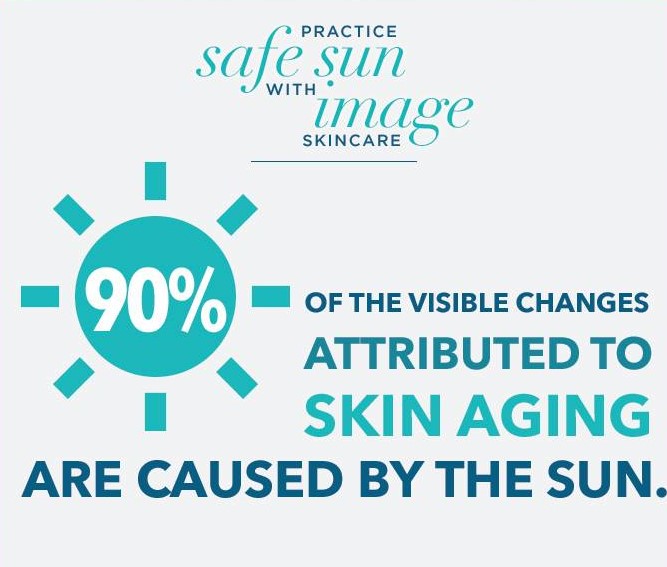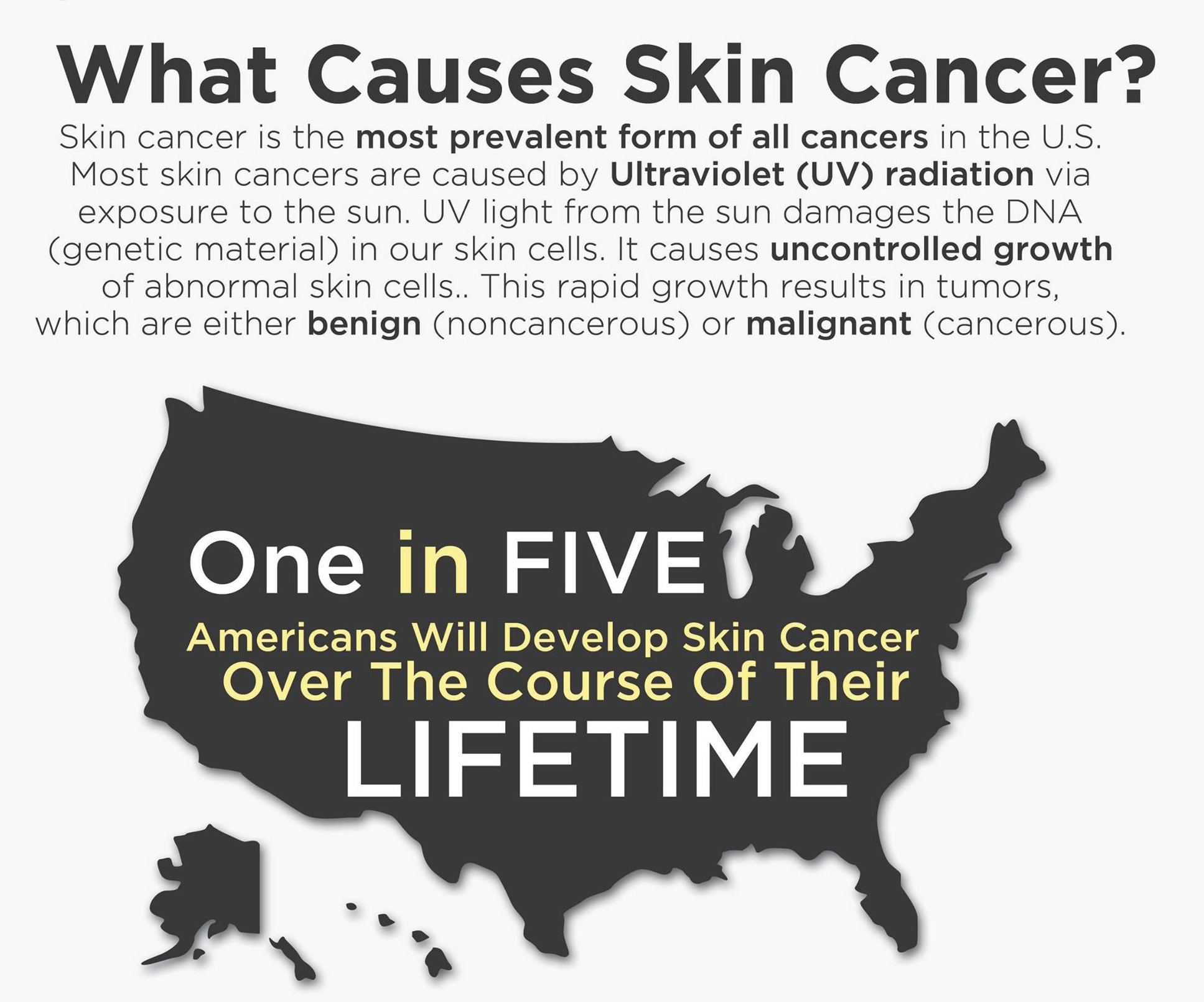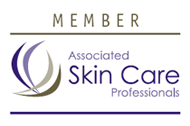Sunscreen and skin cancer
Dangerous Sunscreen Mistakes
Protect yourself by read about these common mistakes that you may be making with your sunscreen!
I DON’T WEAR SUNSCREEN BECAUSE I NEED THE VITAMIN D: Vitamin D is important as it absorbs calcium and promotes bone growth. You can get a adequate amount of Vitamin D by spending only 10-15 minutes in the sun. It’s not worth foregoing sunscreen, since most people don’t apply enough to prevent the production of Vitamin D anyway.
ONE APPLICATION LASTS AN ENTIRE DAY: One application in the morning isn’t going to last you throughout the entire day. If you are out in the sun, then your sunscreen should be reapplied approximately every two hours.
I DON’T NEED SUNSCREEN, BECAUSE I HAVE DARK SKIN: People with more pigment in their skin do have a lower risk of getting skin cancer, however, they are not completely immune. Skin cancer can be even more dangerous for those with darker skin as it’s often diagnosed in the later stages.
A BASE TAN PROTECTS ME: A tan is your body’s reaction to UV exposure. It’s a sign that damage has already been done, and this does not protect your skin from further damage.
I ONLY NEED TO PROTECT MY FACE: Many people only apply sunscreen to their face in order to protect it from premature aging. While this is a good habit, the truth is that you can develop skin cancer anywhere the sun touches… your neck, hands, legs and feet. You need to protect there areas from cancer and from premature aging as well!

Why should we use sunscreen?

UV Radiation and Skin Cancer - UVA
By damaging the skin's cellular DNA, excessive UV radiation produces genetic mutations that can lead to skin cancer.
UVA rays account for up to 95% of the UV radiation reaching the Earth's surface. Although they are less intense than UVB, UVA rays are 30 to 50 times more prevalent. They are present with relatively equal intensity during all daylight hours throughout the year, and can penetrate clouds and glass. UVA, which penetrates the skin more deeply than UVB, has been known to play a major part in skin aging and wrinkling (photoaging). Studies show that UVA damages skin cells and contributes to and may even initiate the development of skin cancers. UVA is the dominant tanning ray, and we now know that tanning, whether outdoors or in a salon, causes cumulative damage over time. A tan results from injury to the skin's DNA; the skin darkens in an imperfect attempt to prevent further DNA damage. These imperfections, or mutations, can lead to skin cancer.
UV Radiation and Skin Cancer - UVB
UVB, the main cause of skin reddening and sunburn, have a tendency to damage the skin's more superficial epidermal layers. It has a major role in the development of skin cancer and a contributory role in tanning and photoaging. Its intensity varies by season, location, and time of day. The most significant amount of UVB hits the U.S. between 10 AM and 4 PM from April to October. But UVB rays can burn and damage your skin year-round, especially at high altitudes and on reflective surfaces such as snow or ice, which bounce back up to 80 percent of the rays so that they hit the skin twice. UVB rays do not significantly penetrate glass.

